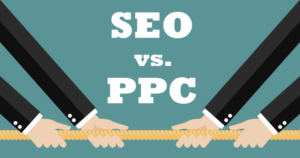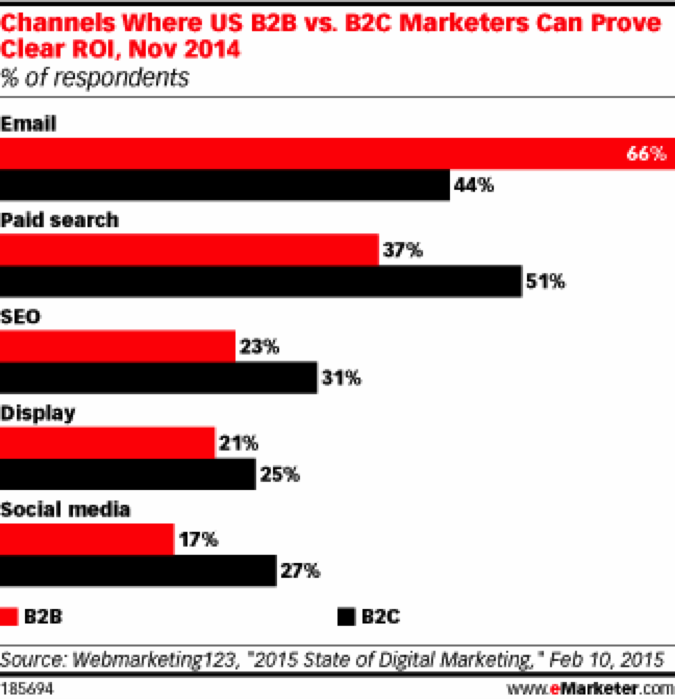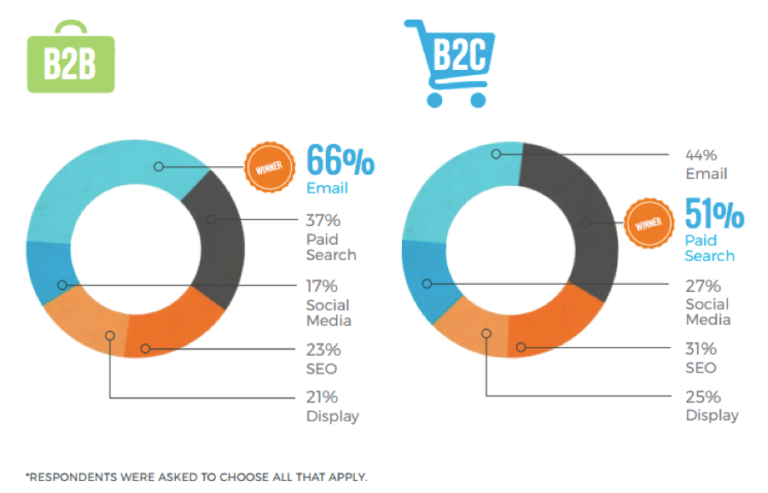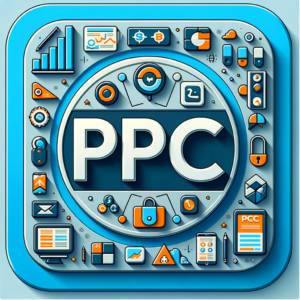How To Storytell In A Boring Industry
I met with a client last week and outlined a content marketing strategy for his company over the summer. He was concerned that there would not be enough content for a series of blog posts considering the boring nature of his industry.
My answer? Storytelling! Regardless of the industry, there are always stories to tell and problems to solve.
Here are three companies that are doing a fantastic job with content in—what most of us would consider—boring industries:
1. TD Bank – Banking
Content marketing in the financial industry is extremely difficult because more often than not, the content has to comply with regulatory statutes and be approved by a legal department. No wonder most financial content is boring!
But TD Bank found a way around boring with an innovative video called “Automated Thanking Machines.” The video was successful in giving back to their customers and in catching the attention of new ones.
This website and app offers a list of the nearest bathrooms with reviews, an invaluable tool that every traveller needs. Not only are the website and app relevant to the product, but both build a relationship between the consumer and seller on a different level. It’s not all about the product. It’s about helping the consumer.
Have another great example of content marketing for boring industries? Tell us in the comments below!
By redefining the ATM, TD Bank created a publicity stunt and viral video in one campaign. And, it paid off in spades, garnering over 22 million YouTube views and a prominent hashtag: #TDThanksYou.
2. Blendtec – Kitchen Appliances
You may not think that there’s anything exciting about kitchen appliances or blenders, but don’t tell that to Blendtec. Blendtec has reinvented the “infomercial” by demonstrating its blender’s abilities to blend in quirky ways.
Blendtec’s famous “Will It Blend?- iPad” video from 2010 has over 17 million views3
But the iPad video is not a one-shot wonder. Recent Blendtec “Will It Blend?” videos quickly garner hundreds of thousands of views within days of them being released.
3. Charmin – Household Products
Great content does not always have to be focused on a product or service. Sometimes a better solution is to focus on solutions to your clients’ pain and problems. The power of providing your audience with valuable content cannot be overstated.
One of the best examples of that is the Sit or Squat by Charmin.
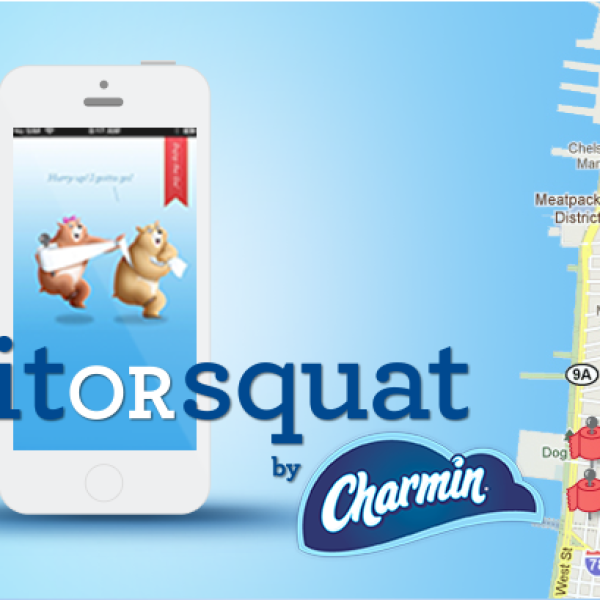
This website and app offers a list of the nearest bathrooms with reviews, an invaluable tool that every traveller needs. Not only are the website and app relevant to the product, but both build a relationship between the consumer and seller on a different level. It’s not all about the product. It’s about helping the consumer.
Have another great example of content marketing for boring industries? Tell us in the comments below!
Recent Posts

The Power of Online Reviews for Small Businesses
The Power of Online Reviews for Small Businesses As a small business owner, you may be wondering why online reviews are so important. Online reviews

Five Most Important SEO Metrics
The Five Most Important SEO Metrics I recently came across the HubSpot State of Marketing report which showed how companies measure the success of their
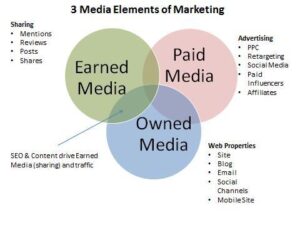
The Three Traffic Sources For Startups
The Three Traffic Sources For Startups I was recently re-reading Randall Stross’s book, The Launch Pad: Inside Y Combinator, Silicon Valley’s Most Exclusive School for

SEO: The Key to Sustainable Business Growth
SEO: The Key to Sustainable Business Growth Search Engine OptimizationIn today’s digital landscape, businesses can no longer afford to underestimate the power of search engine

Vermont Web Design
Springfield802.com Partners with Braveheart Digital Marketing to Enhance Online Presence Springfield802.com, the premier digital platform for Springfield, Vermont, today announced a partnership with Braveheart Digital

AI In Digital Marketing
Mastering AI in Digital Marketing Today, the digital world changes fast, thanks to new tech. In this landscape, Artificial Intelligence (AI) is a big deal,





